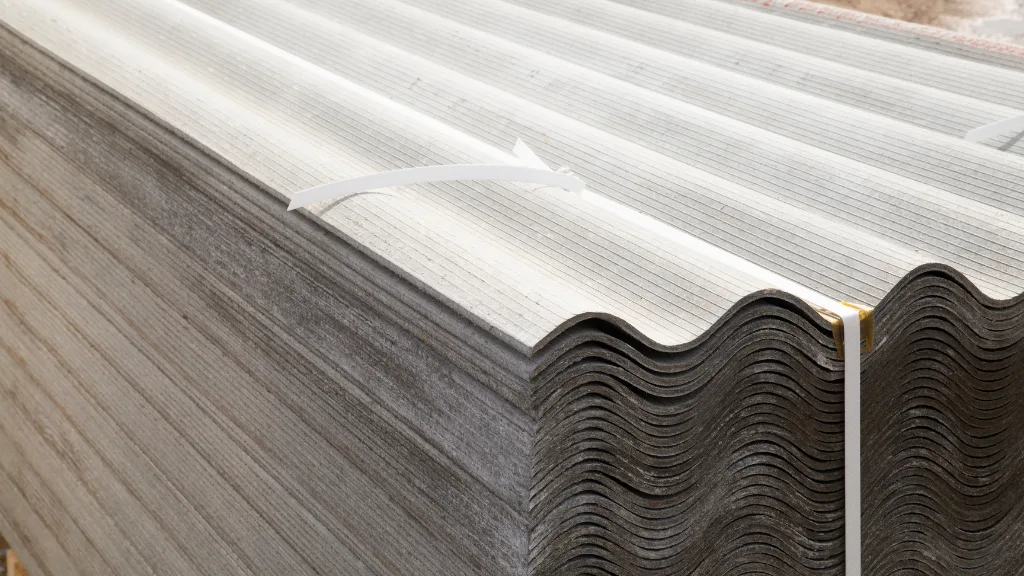
When it comes to choosing a roofing material, durability and longevity are top priorities for most homeowners. After all, a roof is a significant investment, and you want it to last as long as possible.
But which roofing material lasts the longest? In this article, we’ll explore the top roofing materials known for their longevity and durability. From metal roofing to clay tiles and beyond, we’ll cover everything you need to know to make an informed decision about your next roofing project.
Whether you’re a homeowner looking for a roofing material that will stand the test of time or a contractor looking to educate your clients, our guide has got you covered. So, let’s dive in and learn which roofing material lasts the longest!
[ez-toc}
Longest-Lasting Roofing Materials
When it comes to choosing a roofing material, one of the most important factors to consider is longevity. After all, a new roof is a significant investment, and you want it to last as long as possible.
Here are some of the longest-lasting roofing materials to consider:
Metal Roofs
Metal roofing is a popular choice for those looking for a durable and long-lasting option. Most metal roofs are made from steel or aluminum and can last up to 50 years or more with proper maintenance.
Standing seam metal roofs, in particular, are known for their durability and can last up to 70 years.
Slate Roofs
Slate is one of the most durable roofing materials available, with an average lifespan of 100 years or more. While it can be expensive, it is also one of the most visually stunning options, with a range of colors and textures to choose from.
Tile Roofs
Clay and concrete tiles are another option for those looking for a long-lasting roof. With an average lifespan of 50 years or more, tile roofs are known for their durability and resistance to fire, insects, and rot.
They are also available in a variety of styles and colors to match any home.
Concrete Roofs
Concrete roofs are a relatively new option, but they are quickly becoming popular due to their durability and low maintenance.
With an average lifespan of 50 years or more, concrete roofs are resistant to fire, insects, and rot, making them an excellent choice for those living in areas prone to wildfires or other natural disasters.
In conclusion, when it comes to choosing a roofing material, it’s essential to consider longevity. Metal, slate, tile, and concrete roofs are all great options for those looking for a durable and long-lasting roof.
Whether you’re building a new home or replacing an old roof, these materials are sure to provide you with years of protection and peace of mind.
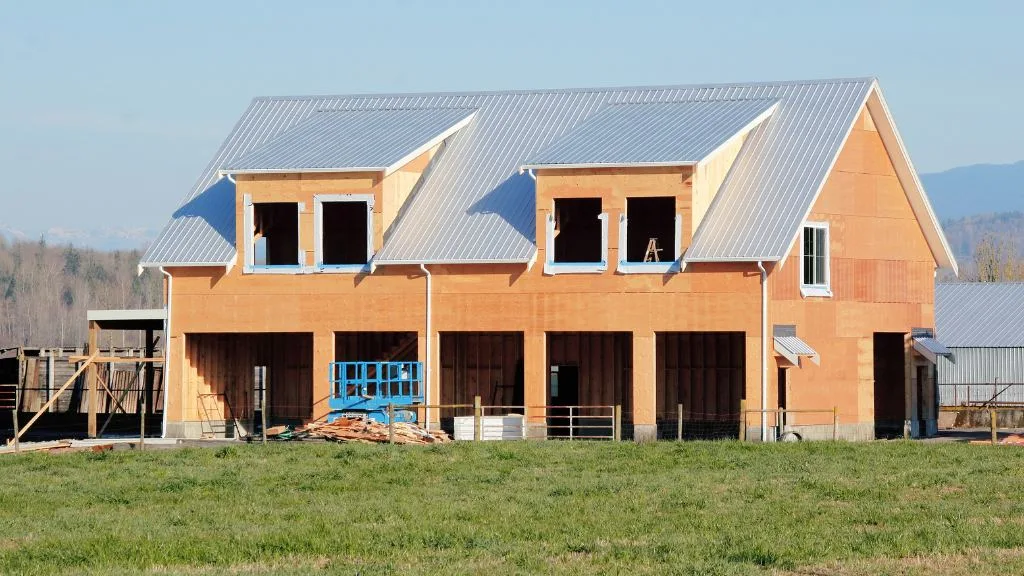
Factors Affecting Longevity
When it comes to roofing, longevity is an essential factor to consider. The lifespan of your roof depends on several factors, including weather conditions, quality of installation, maintenance, and environmental impact.
In this section, we will explore each of these factors in detail.
Weather Conditions
Your roof is exposed to the elements all year round, and different weather conditions can affect its longevity. Extreme weather conditions such as hurricanes, hailstorms, and heavy snowfall can cause significant damage to your roof.
The climate in your area also plays a role in determining the lifespan of your roof. For instance, if you live in an area with high humidity and frequent rain, your roof may be more prone to damage from mold and mildew.
Quality of Installation
The quality of installation is another critical factor that affects the longevity of your roof. A poorly installed roof can lead to leaks, which can cause significant damage to your home’s interior.
It is essential to hire a professional roofing contractor who has experience and expertise in installing the type of roofing material you choose.
Maintenance
Regular maintenance is crucial to ensure the longevity of your roof. Neglecting roof maintenance can lead to small problems becoming more severe and costly to repair. Regular inspections, cleaning, and repairs can help extend the lifespan of your roof.
Environmental Impact
The environmental impact of your roofing material is also a factor to consider. Petroleum-based materials such as fiberglass and asphalt shingles can have a significant impact on the environment.
On the other hand, materials such as cedar, aluminum, and zinc are more environmentally friendly. Concrete roofs with stone granules are also an eco-friendly option.
In conclusion, the longevity of your roof depends on several factors, including weather conditions, quality of installation, maintenance, and environmental impact.
By considering these factors when choosing roofing materials and maintaining your roof, you can ensure that your roof lasts for many years to come.
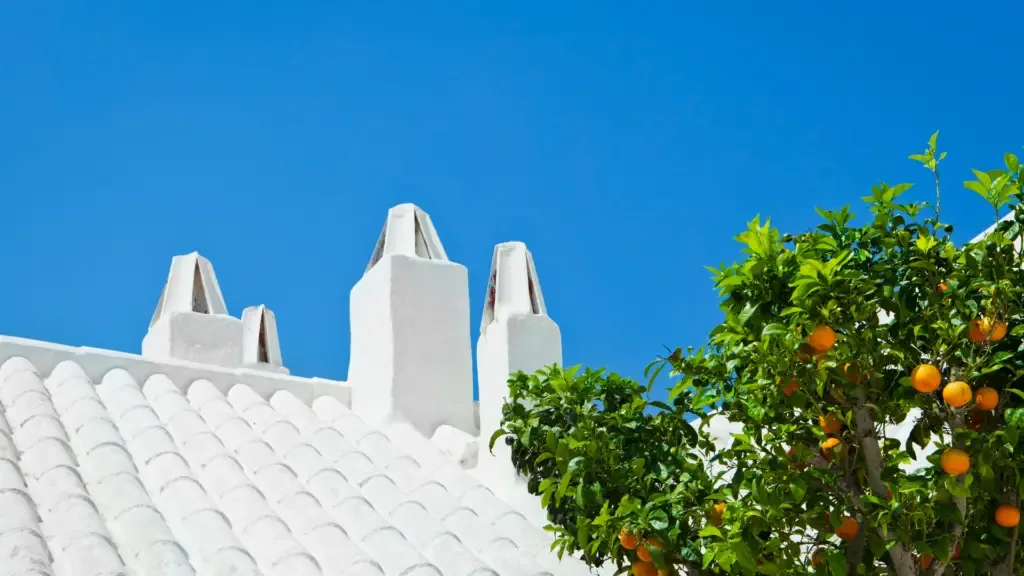
Cost Considerations
When considering the longevity of a roof, it is important to also consider the cost of installation and the lifetime costs. Here are some things to keep in mind:
Installation Costs
The cost of installation can vary greatly depending on the type of roofing material you choose. Some of the more expensive roofing materials, such as slate or metal, can cost up to $15 per square foot for installation.
On the other hand, asphalt shingles can cost as little as $1.50 per square foot for installation.
Lifetime Costs
While some roofing materials may have a higher upfront cost, they may end up being more cost-effective in the long run due to their longevity. For example, a clay tile roof may cost $10 per square foot for installation, but it can last for over 100 years.
In comparison, an asphalt shingle roof may only last 10-35 years and need to be replaced multiple times, resulting in higher lifetime costs.
Here is a table comparing the installation and lifetime costs of some popular roofing materials:
| Roofing Material | Installation Cost (per sq. ft.) | Lifetime Cost (100 years) |
|---|---|---|
| Asphalt Shingles | $1.50 – $3.50 | $15,000 – $35,000 |
| Metal | $7.00 – $15.00 | $70,000 – $150,000 |
| Clay Tile | $10.00 – $18.00 | $10,000 – $18,000 |
| Slate | $10.00 – $20.00 | $100,000 – $200,000 |
As you can see, the initial cost of installation is not always indicative of the lifetime cost of a roof. It is important to consider the longevity of a roof and how many times it may need to be replaced over its lifetime.
In conclusion, when choosing a roofing material, it is important to consider both the installation costs and the lifetime costs. While some materials may be more expensive upfront, they may end up being more cost-effective in the long run due to their longevity.
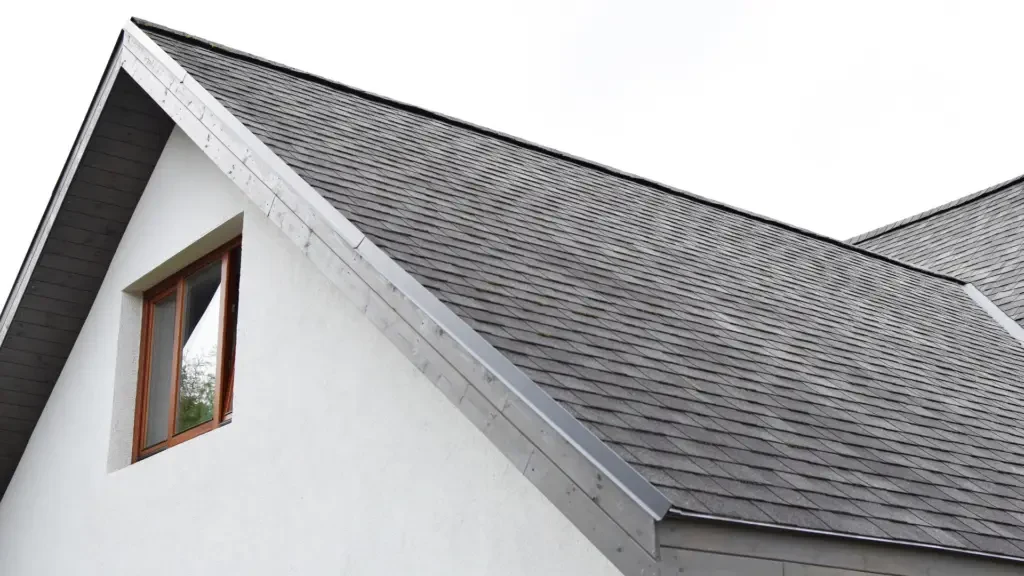
Design and Curb Appeal
When choosing a roofing material, it’s not just about durability and cost. You also want to consider the design and curb appeal of your home.
A well-designed roof can enhance the overall look of your house and increase its value.
Architectural Styles
Different roofing materials are better suited for certain architectural styles. For example, cedar shakes or synthetic slate can complement a traditional or rustic-style home, while architectural asphalt shingles work well with modern or contemporary homes.
When choosing a roofing material, consider the architectural style of your home and choose a material that complements it. This will help create a cohesive and visually appealing look.
Color and Texture
The color and texture of your roofing material can also affect the curb appeal of your home. Light-colored roofs can make your home appear larger, while dark-colored roofs can create a more dramatic effect.
Textures can also add depth and interest to your roof. For example, cedar shakes have a natural, rustic texture, while synthetic slate can mimic the look of real slate without the weight and cost.
When choosing a roofing material, consider the color and texture that will best complement your home’s style and surroundings.
Overall, the design and curb appeal of your roofing material can have a significant impact on the overall look and value of your home. Consider the architectural style, color, and texture when choosing a roofing material to ensure a cohesive and visually appealing look.
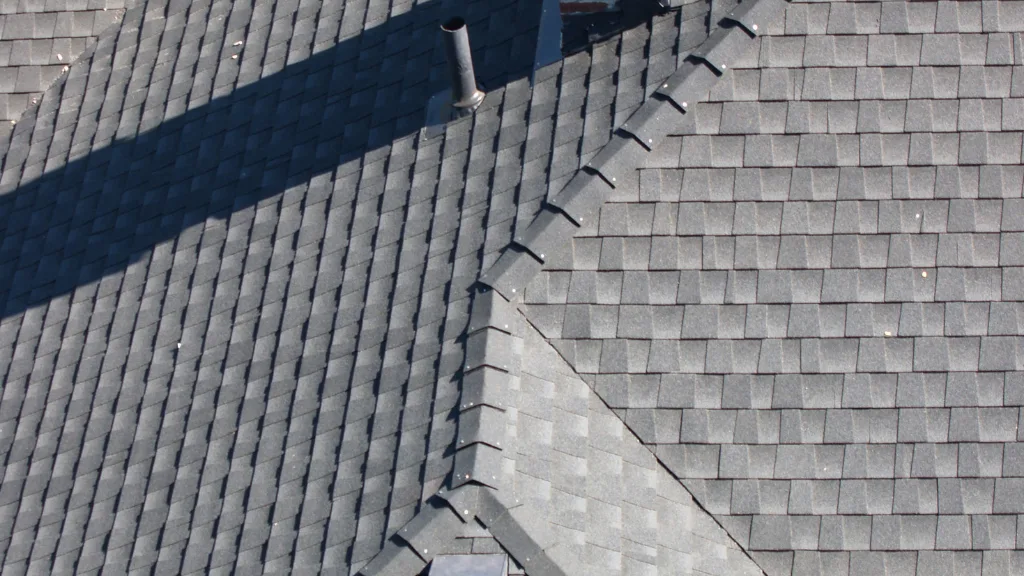
Choosing the Right Roofing Material
When it comes to choosing the right roofing material for your home, there are several factors to consider. Consulting with a roofing contractor, considering your climate and weather conditions, evaluating longevity and cost, and assessing maintenance and environmental impact are all important aspects to keep in mind.
Consulting with a Roofing Contractor
Before making any decisions about your roof installation, it’s important to consult with a reputable roofing company or contractor. They can provide valuable insights into the quality of installation, workmanship, and installation costs.
A roofing contractor can also help you understand the different roofing materials and options available to you, and which ones are best suited for your specific needs and budget.
Considering Your Climate and Weather Conditions
Your climate and weather conditions play a significant role in determining the best roofing material for your home. For example, if you live in a region with frequent rain and moss growth, you may want to consider a material that is resistant to moisture and mold, such as concrete or slate tiles.
On the other hand, if you live in a hot and dry climate, a material like aluminum or zinc may be a better option.
Evaluating Longevity and Cost
When evaluating roofing materials, it’s important to consider both longevity and cost. While some materials may be more expensive upfront, they may also have a longer lifespan and require less maintenance over time.
For example, concrete roofs and slate tiles can last for over 100 years, while shingle roofing and modified bitumen typically last between 20-30 years.
Assessing Maintenance and Environmental Impact
Maintenance and environmental impact are also important factors to consider when choosing a roofing material. Some materials, such as cedar and asphalt, require more maintenance and may be more prone to damage from weather and pests.
Others, such as copper and zinc, are more environmentally friendly and can be recycled at the end of their lifespan.
In conclusion, choosing the right roofing material for your home requires careful consideration of several factors, including climate, longevity, cost, maintenance, and environmental impact.
Consulting with a reputable roofing contractor and understanding the different materials and options available can help you make an informed decision that will protect your home for years to come.
